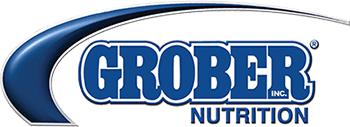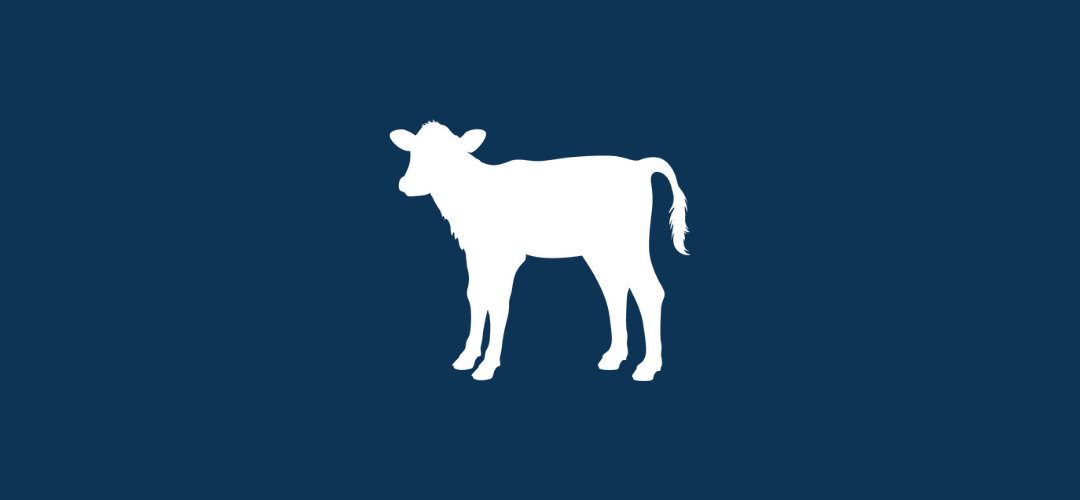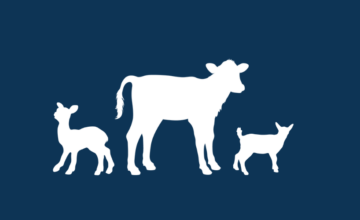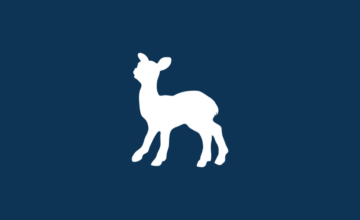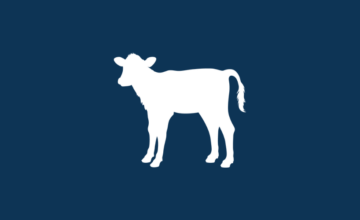Got Water?
- Jan 05, 2024
- By Grober Nutrition
- In Canada
Water plays a big role in enhancing starter intake, and in the quality and deliverance of milk replacer.
There are many factors that influence the success of the pre-weaning period of a calf’s life. A large emphasis is often placed on the importance of providing good quality and consistent feed sources. However, equal emphasis should be placed on water.
Water is key to early development
As early as the neonatal stages, calves should be provided access to a clean water supply, helping support rumen development, and influencing health status. There have been many studies to support the provision of high quality and clean water, as a vital support towards increasing nutrient absorption and overall growth performance of young animals. More specifically, the latest (Eighth) edition of Nutrient Requirements of Dairy Cattle (NRC), reiterates the importance of water for young calves, and that warm (16-18°C) water is to be provided within the first week of life, as this promotes thermoregulation and provides sufficient needs for nutrient digestibility and overall calf requirements.
Water quality
Seasonality should also be considered when water is well-derived, as seasonality can create variations of bacteria loads within water if not properly filtered. Well water should be well maintained on farm to avoid any additional stressors to calf health and performance. Water hardness of minerals can also remain variable throughout the year. Ensuring water hardness is within adequate levels, particularly in the spring and fall, will prevent any disturbances to mixability of milk powders and potential consumption. Maintaining these management practices will contribute towards consistency in feeding and enhanced growth as the calves continue to develop.
Water and milk replacer
The importance of water quality and temperature as it pertains to milk replacer mixing and feeding, also remains crucial for optimal delivery of nutrients and ease of consumption. As such, aiming to mix according to tag instructions, and feeding milk around body temperature (approximately 37-45°C), will ensure proper integration of milk replacer powder in the water. This will allow for body temperature to be maintained in the animal, to avoid cold stress or shivering. It is important to be mindful of feeding temperature all throughout the year, but particularly during the winter months.
Providing access to water
In combination with the water calves receive through their milk allotments, providing additional water will ensure proper hydration, while also encouraging starter consumption. By providing free access to water from a young age, it has been found that calves will consume ~20% of their required water consumption voluntarily. Although there is limited research to suggest whether water be provided through a nipple or a bucket, one study found that although calves may visit nipple-based sources more, the water consumption was less than water provided in a bucket. In addition, ease of use was found to be more prominent with water provided in a bucket. As the industry continues to explore optimal water deliverance methods for pre-weaning calves, it remains crucial that regardless of provision method, water be accessible and easy to consume for all calves.
The significance of water on farm proves to be multifaceted, whereby there are many factors that can influence optimal feeding practices and growth. Small differences on farm can all play a part in the bigger, long-term picture. Any improvement in management and consistency will always ensure these calves are better prepared to someday ‘got milk?’.

